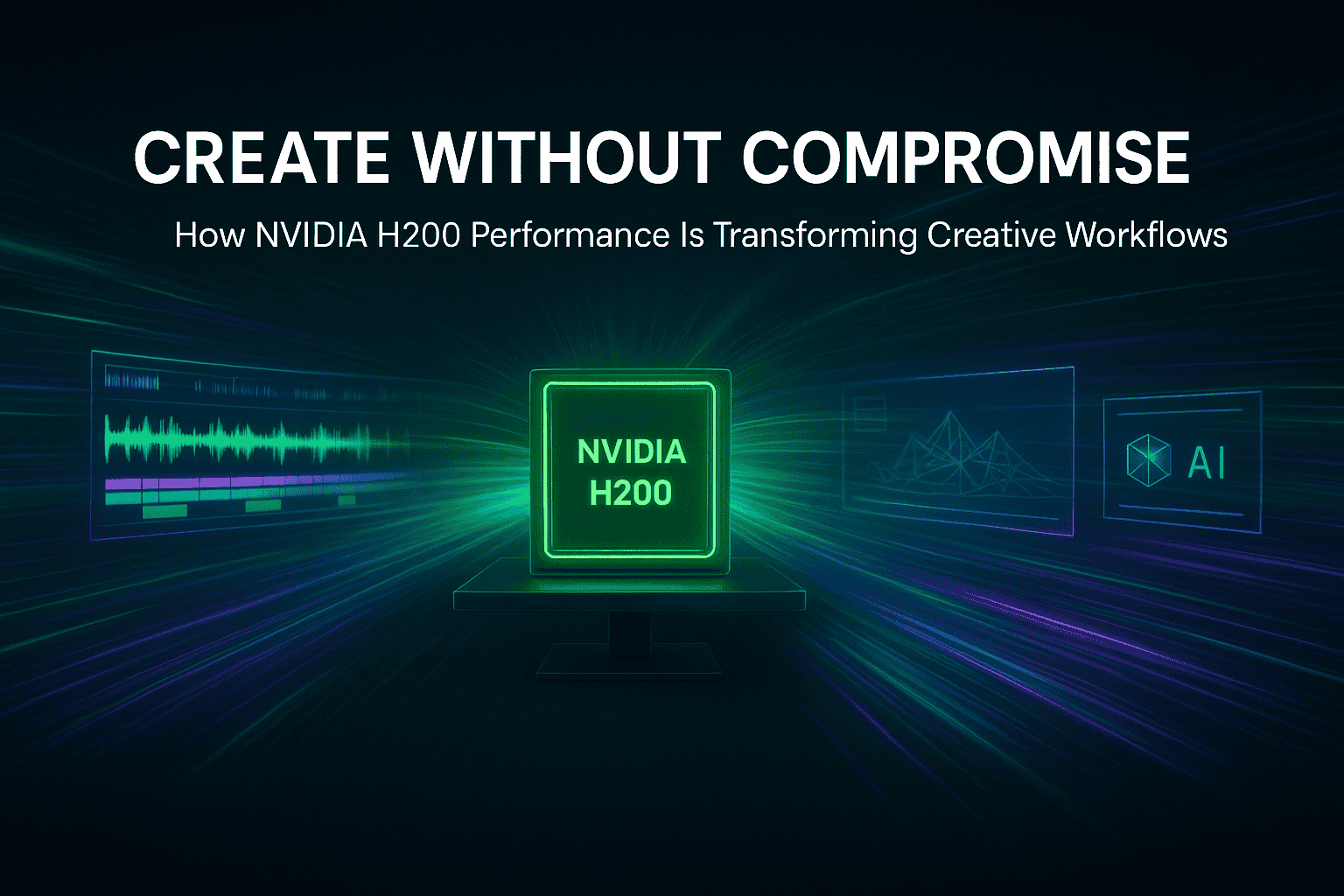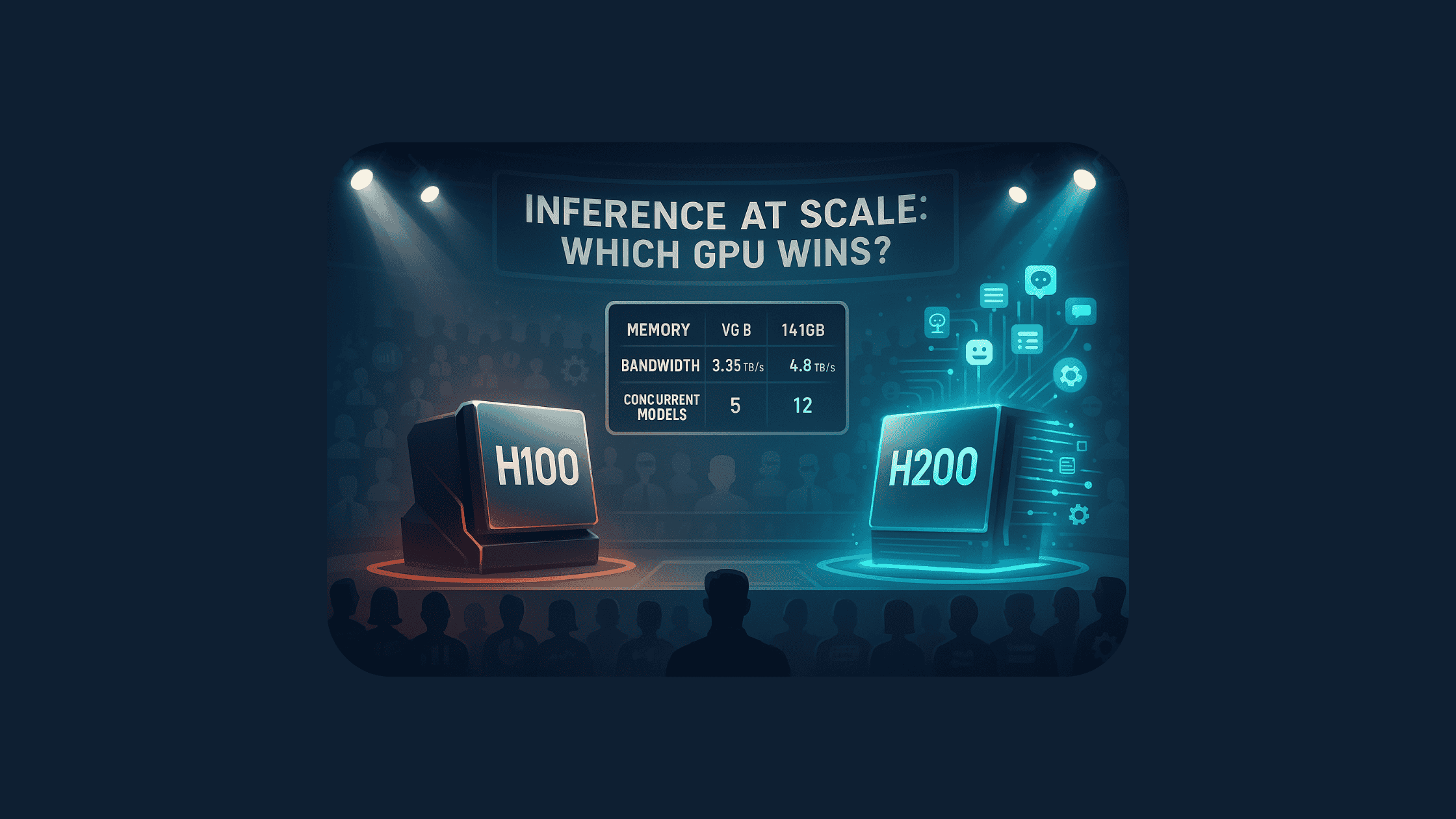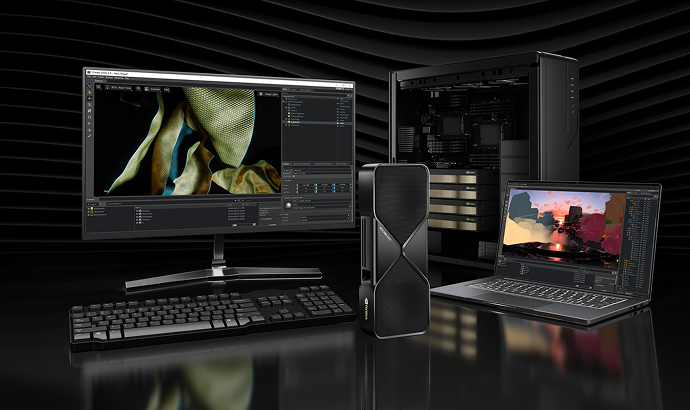
NVIDIA H200 Performance :Transforming Creative Workflows
The NVIDIA H200 is redefining creative workflows by removing the performance barriers that often limit artistic ambition. In industries like media and entertainment, where latency and lag can disrupt flow, the H200’s massive memory (141GB HBM3e) and 4.8 TB/s bandwidth enable real-time rendering, fluid timeline scrubbing, and seamless AI tool integration. Creative pipelines have shifted from linear sequences to dynamic streams, demanding hardware that can keep pace. With optimized support for local AI inference, the H200 empowers creators to use tools like Runway, Firefly, and Luma without relying on cloud services—cutting costs, speeding up delivery, and protecting IP. Studios are evolving their infrastructure, using platforms like HPE, Dell, and Supermicro to scale performance without friction. More than just a spec bump, the H200 unlocks creative freedom—enabling professionals to ideate and execute simultaneously, without compromise. For those building at the edge of visual storytelling and AI, H200-based systems are the new standard.
7 minute read
•Media and Entertainment




